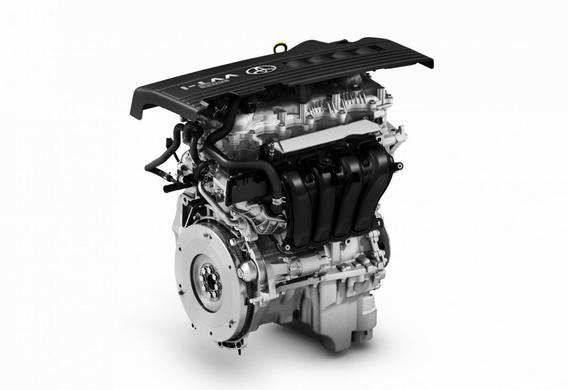
The normal arrangement of cylinders is classic, because in the world's first engine with two cylinders this link was applied. The arrangement of cylinders in one row is caused by the need to drive a general wheel. Stories of straight engines
Stories of straight engines
The first internal combustion engine similar to the modern propulsion system of a car was collected by Etienne Lenoir in 1860. The engine had only one cylinder, and its power was little more than one horsepower. The idea was immediately captured by enthusiasts who started looking for ways to increase the capacity of the aggregate. Initially, all promising developments were on the way to increasing the volume of the only cylinder. In parallel, however, it was necessary to increase the size and the weight of the piston and the jacker. The engines received were unevenly distributed and the main reason was the delay between the ignition cycles of the fuel mix. From the work of the heavy screech mechanism, the whole machine was shaking, and to compensate the shaking, the developers had to set a massive balance.
Effective efficiency of any reciprocating engine, regardless of the number of cylinders, does not exceed 60%
As a result, the researchers have reached a dead end: the construction became so difficult that additional energy was needed for effective work. It could only be obtained in one way-by increasing the volume of the cylinder. Development has gone into a vicious circle.
The solution was found when engineers realized that the crankshaft could be caused by more than one piston in the movement. It was logical to put the additional cylinders in a row, which was realized.
Contrary to popular belief, "compression" and "compression ratio" are not the same
The four-cylinder engine appeared in 1890. Its capacity was negligible (5 l. c. at 620 rpm). The way to raise the power at that time was already tested and was to increase the number of cylinders, that is, the working volume. So there were six-, eight-, and even twelve-cylinder internal combustion engines.
Device and operating principle
The number of cylinders in independence from the number of cylinders is substantially the same, and the principle of their operation is the same as any internal combustion engine. The cylinder is placed in one row; pistons in the cylinders are driven by the combustion of the fuel mixture and actuate the total crankshaft in the cylinder. The head of the unit for all cylinders is one.
The right engines can be balanced and unbalanced. The need for balancing the engine is due to the complex shape of the cap and the number of cylinders provided for in the structure. The structural imbalance produces a strong vibration that results in the collapse of the crankshaft. The six-cylinder engines are better balanced than the four-cylinder engines. Therefore, additional balancer shaft (s) may be added to the quankshaft of a four-cylinder engine with a volume of more than two litres.
8 cylinders are sufficient to produce even a very large working volume. For this reason, the engines with 10 or more cylinders have not received proper distribution
The "quartet" may be placed under the hood, both in the longitudinal position and in the transverse position, while the aggregate with the six cylinders of the series is practically impossible to accommodate.
Advantage and disadvantages
The four-cylinder engines, in spite of the structural imbalance, are justified: they are simple to service, and most importantly, they do not occupy much space. The length of their block is ideal for a transverse location in the subtotal space of a small car.
The six-cylinder aggregates are better balanced, but the length of their block reduces the possibility of their use. The long crankshaft requires very high manufacturing quality and is potentially too vulnerable.
Development of the principle of a straight engine
At some point, the threshold for an effective increase in the number of cylinders was reached, as the increase in the crankshaft would be excessively long, significantly increasing the probability of failure. Having stopped for 8 cylinders, the developers were thinking of other possible constructions with a single-shaft of a small length. Their efforts resulted in the emergence of V-shaped, oppositic and other types of engines.







